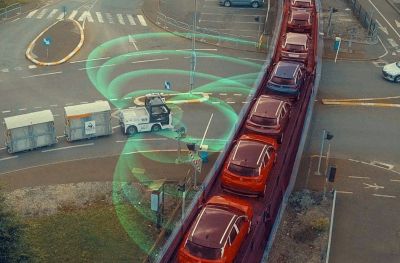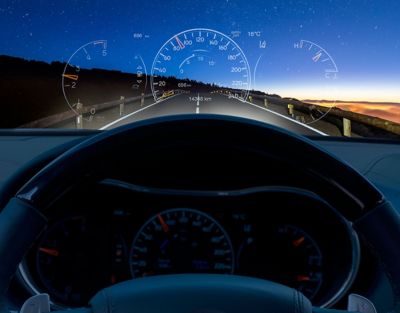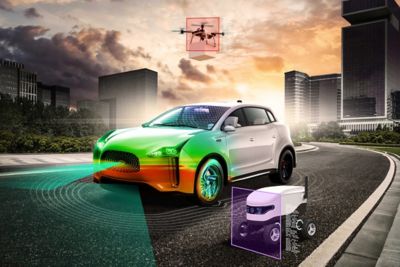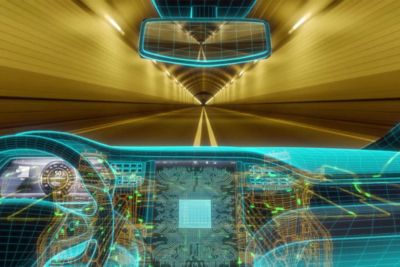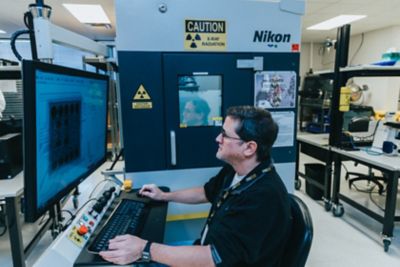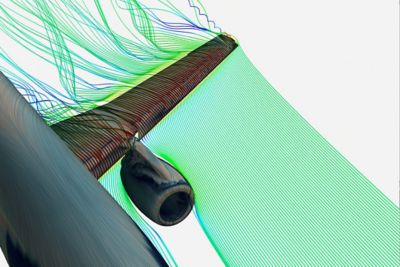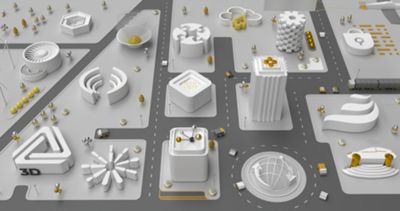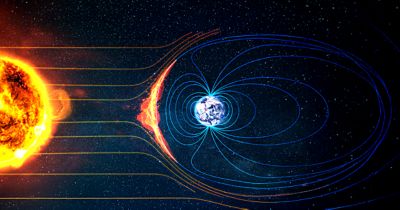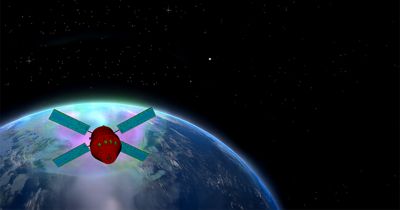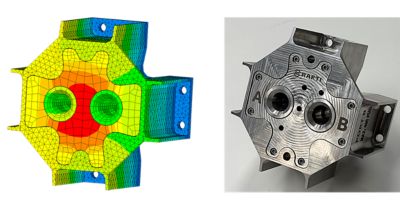When you think of sustainability, what comes to mind? Maybe it’s recycling and reducing waste or public transportation and green fuels.
For many, the topic of sustainability is centered around Earth-based activities — but this is only one part of this goal. For those working in the space industry, efforts to protect our environment extend to the stars.
For instance, the World Economic Forum (WEF) shares that space debris is expected to become a global critical challenge. While the space sector is experiencing massive growth and technical innovation, this progress comes along with an increase in debris (also known as “space junk”) and thus collision risks. Of course, this is not an insurmountable obstacle. Solutions like the WEF’s Space Sustainability Rating (SSR) aim to help with this challenge by increasing transparency via a standardized score.
This is, however, just one space-related sustainability challenge. Beyond space debris, light pollution, emissions, and fuel inefficiency also cause environmental issues. Overcoming these hurdles is a task for everyone in the space industry, with many organizations making this a priority.
One such organization is MaiaSpace, a company designing, manufacturing, operating, and commercializing competitive and more sustainable solutions for space launch and mobility. Through its work, the MaiaSpace team plans to deploy a cost- effective mini launch vehicle with a reusable first stage by 2026 — a timeline that anyone in the industry would tell you is ambitious.
Despite this, the MaiaSpace team is undeterred. It plans to rely on the adaptability and culture of risk that come with being a smaller organization, as well as the ability to combine new and legacy space know- how, to reach its goals. Jerome Vila, chief product officer, says MaiaSpace relies on an agile methodology, a test-and-learn iterative approach, and a communal road map to keep moving forward together.
With this flexibility at hand and a team composed of experts from both legacy and new ventures in space, MaiaSpace looks to rapidly finalize its reusable design and ensure that it is compliant, safe, cost-effective, and efficient.
Building a Sustainable Mini Launch Vehicle
At MaiaSpace, sustainability is not a secondary goal. Instead, the company is taking an “end-to-end approach” to sustainability, says Isabella Quinquis,
MaiaSpace’s chief technical officer. This means that MaiaSpace is considering sustainability throughout its design and development process. As Vila says, MaiaSpace performs environmental impact assessments to consider potential trade-offs for every one of its engineering decisions.
For instance, consider the Maia launcher. In addition to its reusable first stage, the launcher uses methane and oxygen propulsion, which is an efficient fuel option. Additionally, the MaiaSpace team aims to increase the use of efficient fuels by adding a “kick stage” that will use new technology for ethanol propulsion. “The objective of this new propulsion is to limit its environmental impact,” says Quinquis, as well as paving the way for in-orbit services.
Building a rocket with the right size to serve the specific market segment of small satellites to be launched into low Earth orbit was also a key consideration in its sustainable design. In a time when many companies are building bigger, MaiaSpace is focusing on optimizing the filling ratio of its launch vehicle through highly modular solutions.
MaiaSpace does not intend to enable space tourism or to colonize Mars. The team is focused on closer-to-Earth missions that have meaningful impacts on our planet, explains Vila. These potential applications include science, Earth observation, telecommunications, navigation, and serving industries like agriculture and fisheries. Being decisive on what its technology is used for is central to MaiaSpace’s goals. As Vila says, the company carefully picks what missions it wants to launch.
Through its efforts, MaiaSpace is becoming one of the many companies hoping to improve sustainability in the space industry. “There is an innovation wave, and we have to catch this to transform ourselves and reinvent how the space industry is working,” says Vila.
However, in the fast-moving space industry, catching this innovation wave is easier said than done. That’s why the MaiaSpace team turned to simulation software to address the intrinsic challenges in its industry as it moves toward its goals.
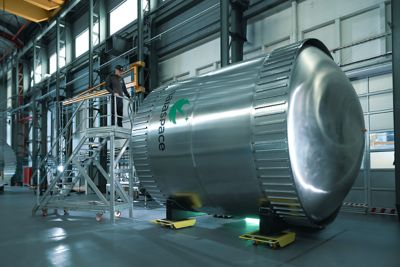
A prototype in the MaiaSpace factory in Vernon, Normandy, France
Advancing Space Sustainability with Simulation
When designing for space applications, you need to make sure that every launch counts. Although MaiaSpace disrupts Europe’s way of developing rockets through a test-and-learn iterative approach, “you don’t have many opportunities to test like you would test a car prototype or even an aircraft prototype,” says Vila. Early prototyping and physically testing rockets enable teams to learn and go faster. But to go even faster and increase cost-efficiency, companies like MaiaSpace also count on simulation software.
“Now that we have really effective simulation tools, we can obtain good accuracy on the results and save a lot of time and money,” says Romain Palka, a thermal analysis engineer at the company.
As an example of how simulation makes the approach more efficient, take the team’s early development stages. Here, the engineers turned to simulation software to compare different design options, such as materials and tank thickness. This simulation-aided design and optimization process then continued throughout the development timeline. In fact, Vila even says MaiaSpace used simulation to support physical testing both before and after it occurred. In doing so, the team was able to use its simulation results for its physical tests and then input its test results back into its simulations, which increased efficiency for all parts of the process.
Beyond saving resources, simulation software enables MaiaSpace to try novel ideas and perform tests that may have been too challenging or costly to achieve physically, such as detailed analyses of how its designs would perform in space.

MaiaSpace launchpad
Avoiding Error While Studying the Harsh Environment of Space
In the space industry, the room for error is extremely small, Quinquis says. Mistakes in space can mean life or death, with a difference of less than a decimal potentially causing catastrophic failure. Despite the need for utmost accuracy, achieving this is no simple endeavor. Not only is this work quite literally rocket science, but the environment of space cannot be fully recreated on Earth for accurate physical tests.
That’s why engineers and researchers turn to proven, validated tools that can provide understandable, actionable results. With Ansys simulation, the MaiaSpace team was able to study the launcher’s performance in microgravity and design for the company’s complex missions. “We can use Ansys Systems Tool Kit (STK) digital mission engineering software in order to visualize the motion of the upper stage in orbit,” says Quinquis.
This accuracy is further improved thanks to Ansys’ ability to simulate multiple physics simultaneously. “Having the capability to have not only one tool but a set of tools that can work together is really important, and we found that at Ansys,” says Vila. One of these tools, which is imperative in the space industry, is thermal analysis.
Efficiently Performing Thermal Analysis
When designing a launcher, some of the most important studies that engineers need to perform are thermal analyses. Not only does a launcher need to withstand the thermal exchanges before and during liftoff, but crossing the atmosphere into orbit and enduring radiation from the Sun are imperative to a functional design. To ensure that MaiaSpace’s designs can hold up in these extreme temperature fluctuations, Palka says he builds simulation models in Ansys Thermal Desktop thermal-centric modeling software.
Thermal Desktop software enables the MaiaSpace team to run simulations with different parameters, perform important thermal calculations, and eventually pick the most optimized design. The Ansys software is “really efficient to use because changes can be easily made so we don’t lose time,” says Palka. With changes occurring frequently, solutions that enable thermal engineers to react quickly and adapt their models to iterative changes are imperative. Ansys software provides the level of adaptability that is essential for thermal engineers like Palka, since design changes — such as mechanical and propulsion changes — can significantly alter thermal results.
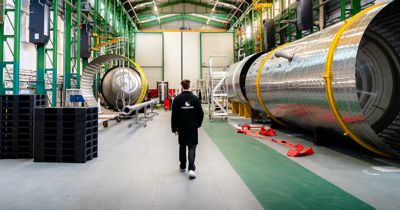
The two-stage MaiaSpace rocket can be equipped with a small extra “kick stage” to increase performance.
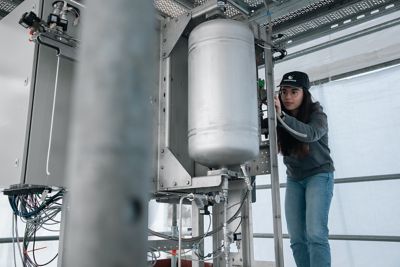
MaiaSpace’s kick-stage Colibri prototype in the test zone
From Having Space to Grow to a More Sustainable Tomorrow
When we look at the space industry today, we can see the many ways that it is already impacting the people of Earth, such as through GPS, connectivity, weather data, seismic activity detection, and more. The data collected from space technology has also had a big impact on climate research. “We wouldn’t be as aware of climate change if there were not spacecraft,” says Vila. That’s because more than half the parameters that scientists use to monitor climate change come from space.
Looking to the future, the MaiaSpace team predicts that there will continue to be large advancements in space that will yield positive results for all of humanity. An essential element for this progress is the growing base of talent entering the space industry, bringing with it new, innovative ideas. For her part, Quinquis encourages other women to join the space industry. “Believe in your dreams,” she says. “Don’t be shy, and don’t be afraid. This is not something so difficult.”
“There is still so much to discover,” says Palka. To make these discoveries and advance the industry, simulation software will continue to be a key solution for space pioneers.
"Having the capability to have not only one tool but a set of tools that can work together is really important, and we found that at Ansys."
— Jerome Vila, Chief Product Officer, MaiaSpace
